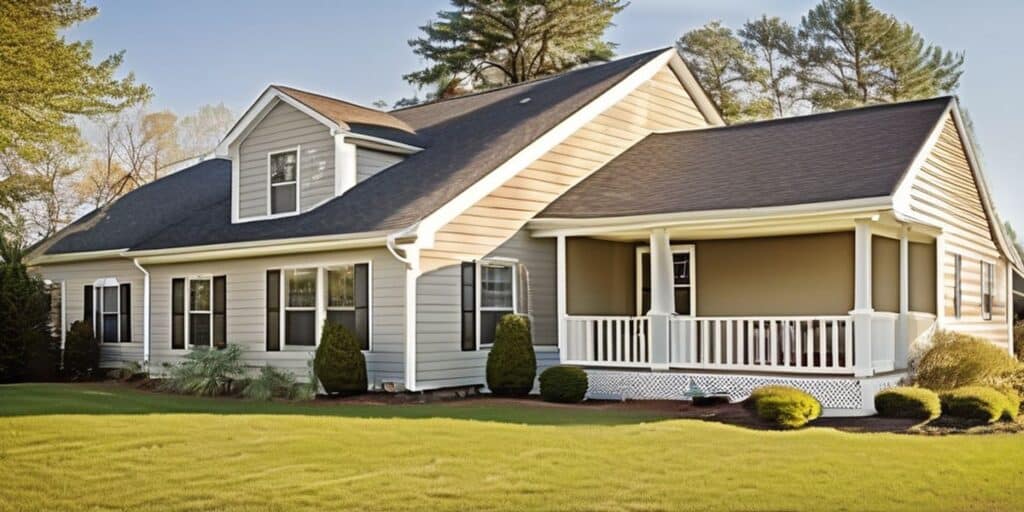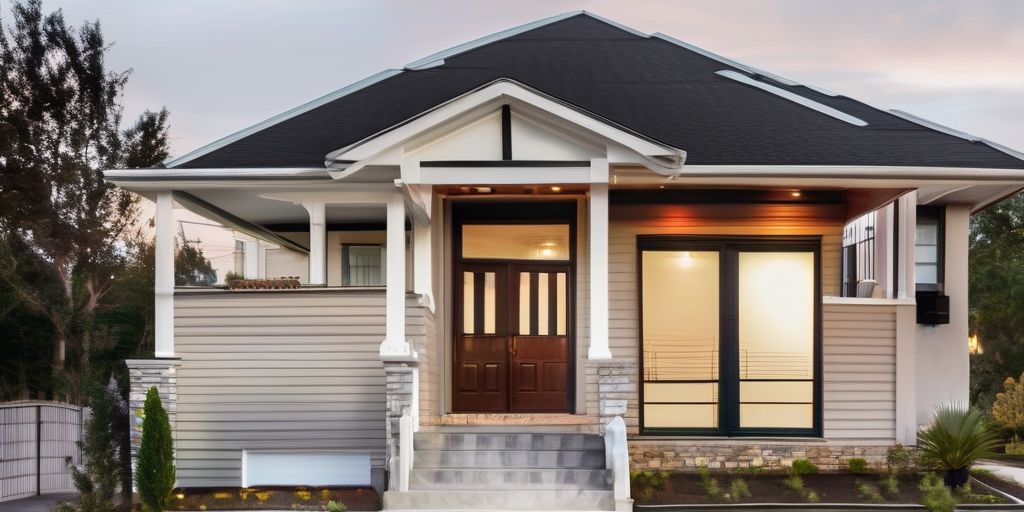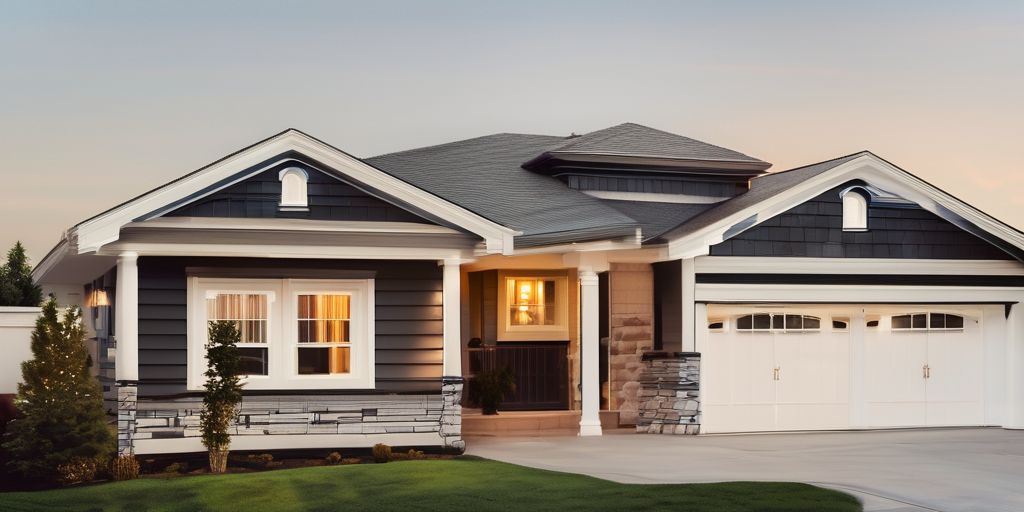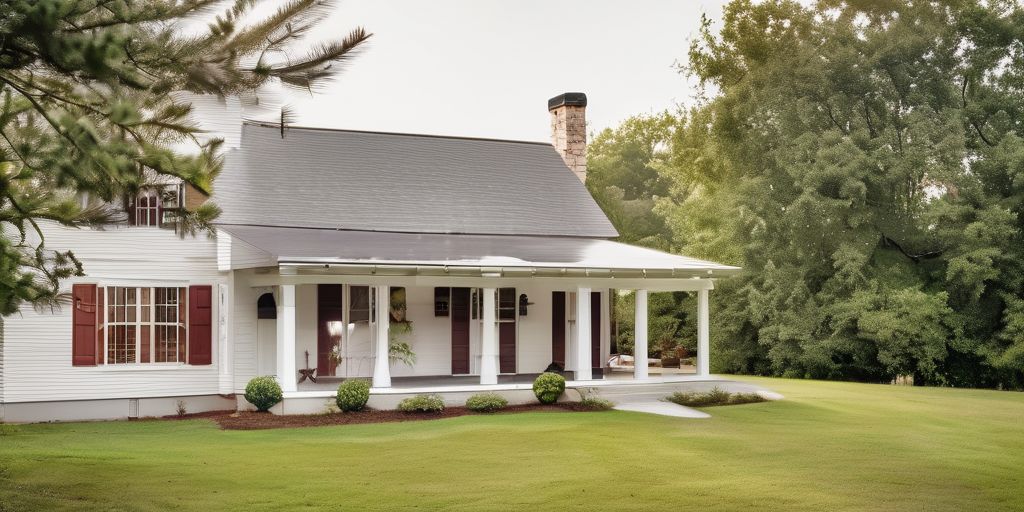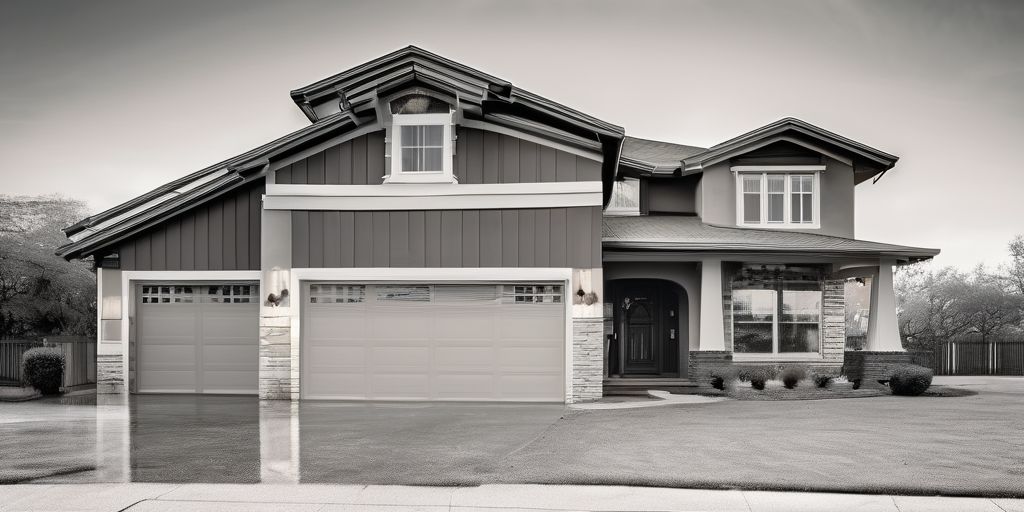In the realm of exterior spray painting, the application of primer is a crucial preliminary step that ensures the durability and aesthetic quality of the paint job. This article explores the importance and methodology of using primer specifically in exterior spray painting projects, offering insights into the types of primers available, application techniques, and troubleshooting common issues.
Key Takeaways
- Understanding the types of primers and their specific uses can significantly affect the outcome of your painting project.
- Proper surface preparation and the right application equipment are essential for effective primer application.
- Spraying primer requires specific techniques to ensure even coverage and optimal adhesion.
- Using primer enhances the durability of the paint, improves aesthetic appeal, and provides additional protection against environmental elements.
- Addressing common issues like uneven coverage and drips during application can lead to a more professional finish.
Understanding the Basics of Primer in Exterior Spray Painting
What is Primer?
Primer is a preparatory coating applied to materials before painting. It ensures better adhesion of paint to the surface, increases paint durability, and provides additional protection for the material being painted. Primer is essential for optimal adhesion and finish in spray paint projects.
Why Use Primer for Exterior Projects?
Using primer for exterior spray painting projects is crucial due to several reasons:
- It helps paint adhere to surfaces more effectively.
- Primer increases the longevity of the paint job.
- It can help to block and seal stains, and prevent rust on metal surfaces.
Types of Primers Available
There are various types of primers available, each suited for different surfaces and purposes:
- Oil-based primers are great for high-adhesion needs and are particularly effective on wood and metal.
- Water-based primers are easier to clean and good for soft woods that may absorb oil from oil-based products.
- Shellac primers are excellent for blocking stains and can be used on almost any surface.
Remember, selecting the right primer can make a significant difference in the durability and appearance of your exterior painting project.
Preparing for Primer Application
Surface Preparation and Safety
Proper surface preparation is essential for a successful primer application. Ensure the surface is clean, dry, and free of any loose material such as dirt, dust, and old paint. Here are some steps to follow:
- Clean the surface thoroughly.
- Sand any rough areas to create a smooth substrate.
- Repair cracks and holes to ensure an even surface.
- Mask off surrounding areas to protect them from overspray.
Safety is also paramount. Always wear protective gear such as gloves, masks, and safety glasses.
Choosing the Right Primer
Selecting the right primer is crucial for the durability and effectiveness of your paint job. Consider the surface material and the environmental conditions it will face. Here are some common types of primers and their best use cases:
- Acrylic primers are great for most surfaces including wood and metal.
- Oil-based primers are ideal for high-moisture areas.
- Shellac primers work best on surfaces with significant staining.
Equipment Needed for Spraying Primer
To apply primer using a spray system, you’ll need the following equipment:
- A high-quality paint sprayer.
- Proper nozzles for the type of primer and surface.
- A compressor or turbine to power the sprayer.
Before starting, ensure all equipment is clean and in good working condition. Adjust the settings on your sprayer to match the viscosity of the primer and the type of surface you’re working on.
Step-by-Step Guide to Spraying Primer
Setting Up Your Spray System
Before you begin spraying, it’s crucial to set up your spray system correctly to ensure a smooth and efficient application process. Follow these steps:
- Ensure your spray system is clean and in good working order.
- Check and adjust the settings on your device, such as pressure, air volume, and material quantity.
- Perform a test spray on a piece of cardboard to verify the settings.
The Spraying Technique
Proper technique is key to achieving a professional finish. Here’s how to spray primer effectively:
- Start moving the spray gun before you pull the trigger to avoid excess buildup at the start.
- Maintain a consistent distance and angle to the surface throughout the application.
- Use steady, even strokes to apply the primer, ensuring complete coverage without over-application.
After Spraying: Cleanup and Maintenance
After completing your spraying task, proper cleanup and maintenance are essential to keep your equipment in top condition for future projects. Here’s what you need to do:
- Clean the spray gun and other equipment immediately after use to prevent the primer from drying and clogging the system.
- Store all equipment in a dry, safe place to avoid damage.
- Regularly check and maintain your spray system to ensure it’s always ready for the next job.
By following these detailed steps, you can ensure that your primer application is successful and your equipment remains in excellent condition for future projects.
The Benefits of Using Primer in Exterior Projects
Enhanced Paint Durability
Primer significantly enhances the durability of paint on exterior surfaces by providing an additional layer of protection against various elements. This includes protection from:
- Sunlight exposure
- Heavy rains
- Weathering
- Fading
Improved Aesthetic Appeal
Primer helps achieve a smoother and more uniform finish, which improves the aesthetic appeal of the exterior. It fills in small cracks and imperfections, ensuring that the paint covers evenly without patchy spots or bumps.
Protection Against Elements
Primer serves as a crucial barrier, protecting the surface from moisture, dirt, and other environmental factors. This protection helps maintain the integrity and appearance of the exterior over time.
Troubleshooting Common Primer Application Issues
Avoiding Uneven Coverage
Ensuring even coverage when applying primer is crucial for a professional-looking finish. Here are some tips to help you achieve this:
- Always maintain a consistent distance and angle when spraying.
- Begin moving the sprayer before triggering the spray to avoid excess accumulation at the start.
- Use overlapping strokes to ensure all areas are covered evenly.
Dealing with Drips and Runs
Drips and runs can mar the appearance of your primer application. To prevent these issues:
- Apply thin, even coats rather than a single thick coat.
- Allow adequate drying time between coats.
- If drips occur, sand them down once the primer is dry before applying the next coat.
Adjusting Spray Settings for Optimal Results
The right spray settings are essential for a flawless application. Here’s how to adjust your sprayer for the best results:
- Check and adjust the pressure, air volume, and material quantity on your device.
- Choose the appropriate nozzle and align the spray jet either vertically or horizontally depending on the surface.
- Test your settings on a piece of cardboard before starting on the actual surface.
Advanced Tips for Professional-Looking Results
Using Specialty Primers for Challenging Surfaces
When dealing with surfaces that are porous, highly glossy, or have unique textures, using specialty primers can make a significant difference. These primers are formulated to adhere better and provide a more uniform surface for the topcoat.
Layering Techniques
Layering techniques are crucial for achieving a flawless finish. Start with multiple thin coats, allowing adequate drying time between each layer. This approach minimizes drips and ensures even coverage.
Temperature and Humidity Considerations
Optimal weather conditions are essential for spray painting. Temperature and humidity can greatly affect how primer and paint dry. Aim for a dry day with moderate temperatures for the best results.
Choosing the Right Primer for Different Exterior Surfaces
Wood
When selecting a primer for wood surfaces, it’s crucial to opt for a product specifically designed for wood. This ensures better adhesion and durability. Common choices include oil-based and latex primers, which provide a solid foundation for the topcoat, enhancing both appearance and protection.
- Oil-based primers are great for highly absorbent woods, offering excellent sealing properties.
- Latex primers are quicker to dry and easier to clean up, making them a convenient option for larger projects.
Metal
Metal surfaces require a primer that can prevent rust and provide a strong bond for paint. Options like acrylic latex and solvent-thinned primers are popular for their robustness against weather conditions and their ability to stick to smooth surfaces.
- Acrylic latex primers offer good coverage and are less toxic.
- Solvent-thinned primers are more durable and suitable for heavy-duty exterior metal surfaces.
Masonry and More
Masonry surfaces such as brick, stucco, and concrete benefit greatly from primers that can bridge small gaps and prevent the topcoat from soaking in too much. Look for primers that are specifically labeled for masonry use.
- These primers help in achieving a uniform finish and enhancing the paint’s adherence to uneven surfaces.
- They also protect the paint from alkaline damage in materials like concrete.
Choosing the right primer is essential for achieving professional-looking results and ensuring long-lasting protection for your exterior painting projects.
Choosing the right primer for different exterior surfaces is crucial for achieving a durable and visually appealing finish. Whether you’re dealing with wood, vinyl, or aluminum siding, our website offers a comprehensive guide to help you make the best choice. Visit our website to explore our detailed articles and resources that will ensure your painting project is a success. Don’t miss out on professional tips and techniques that can make all the difference.
Conclusion
In conclusion, the role of primer in exterior spray painting projects cannot be overstated. From enhancing the durability and appearance of the final paint job to ensuring even coverage and adhesion, primer serves as an essential foundation for any successful painting project. Whether you’re a seasoned professional or a DIY enthusiast, understanding and utilizing the right primer can make all the difference in achieving a flawless finish. Remember, a little extra time spent on proper surface preparation and primer application can save you from potential issues down the line, making your painting project more efficient and long-lasting.
Frequently Asked Questions
What is primer and why is it important for exterior spray painting?
A primer is essential for preparing surfaces for painting, adapting material properties to ensure an even finish. It helps in promoting adhesion, filling in imperfections, and providing a smooth base for the paint, which enhances the overall appearance and durability of the paint job.
How do I choose the right primer for my exterior painting project?
Choosing the right primer depends on the surface material (wood, metal, masonry) and specific conditions of the project such as exposure to elements, existing paint condition, and desired finish. Specialty primers are available for challenging surfaces and conditions.
What are the steps involved in spraying primer on an exterior surface?
The steps include surface preparation and ensuring safety, selecting the appropriate primer, setting up the spray system, applying the primer evenly by maintaining a constant distance and angle, and cleaning the equipment after use.
What are the benefits of using primer before painting exteriors?
Using primer enhances paint durability, improves aesthetic appeal by creating a smoother finish, and protects against environmental elements like moisture and temperature changes.
Can I use a paint roller instead of spraying primer?
Yes, you can apply primer using a paint roller, especially for creamy materials on smooth substrates. However, spraying is often more efficient and provides a more even application, particularly for large or uneven surfaces.
What should I do if I encounter issues like drips and uneven coverage while spraying primer?
To avoid drips and ensure even coverage, maintain a consistent spraying distance and angle. Start moving before triggering the spray to prevent excess material buildup. Adjust spray settings as needed for optimal results.

